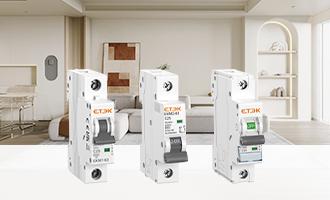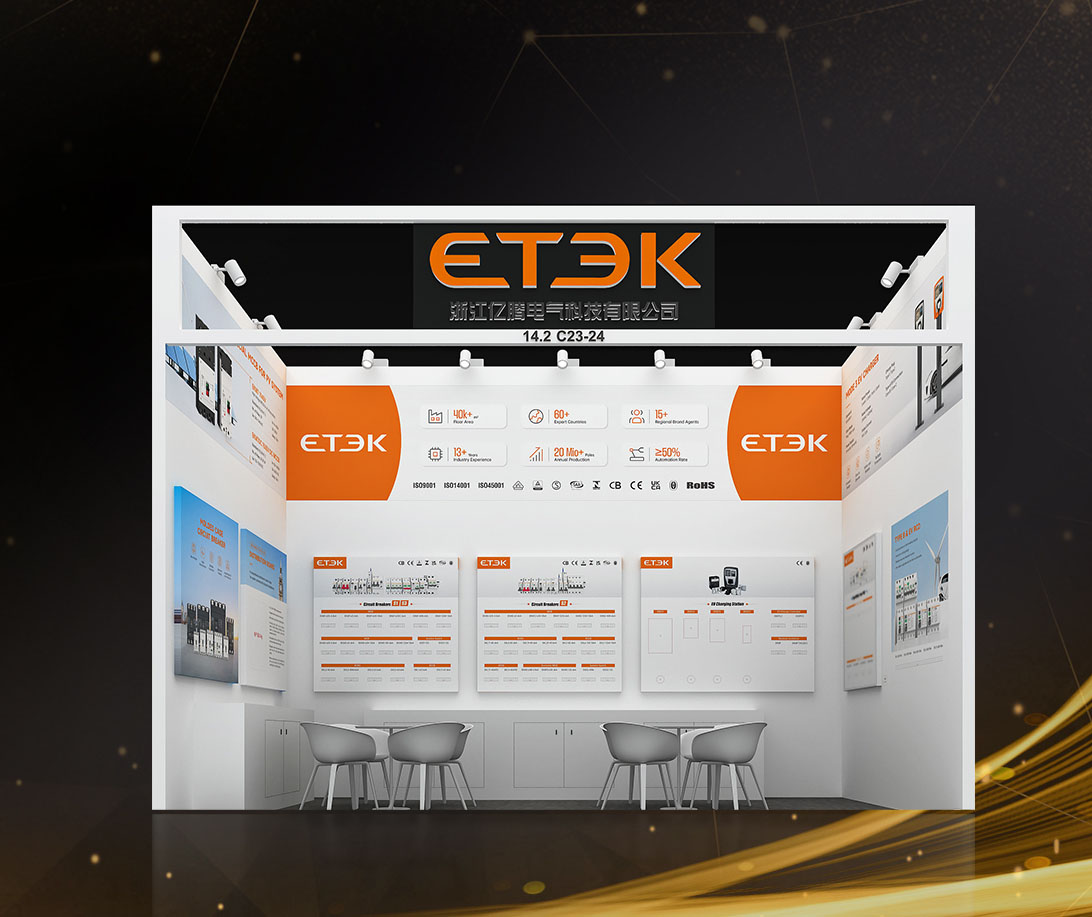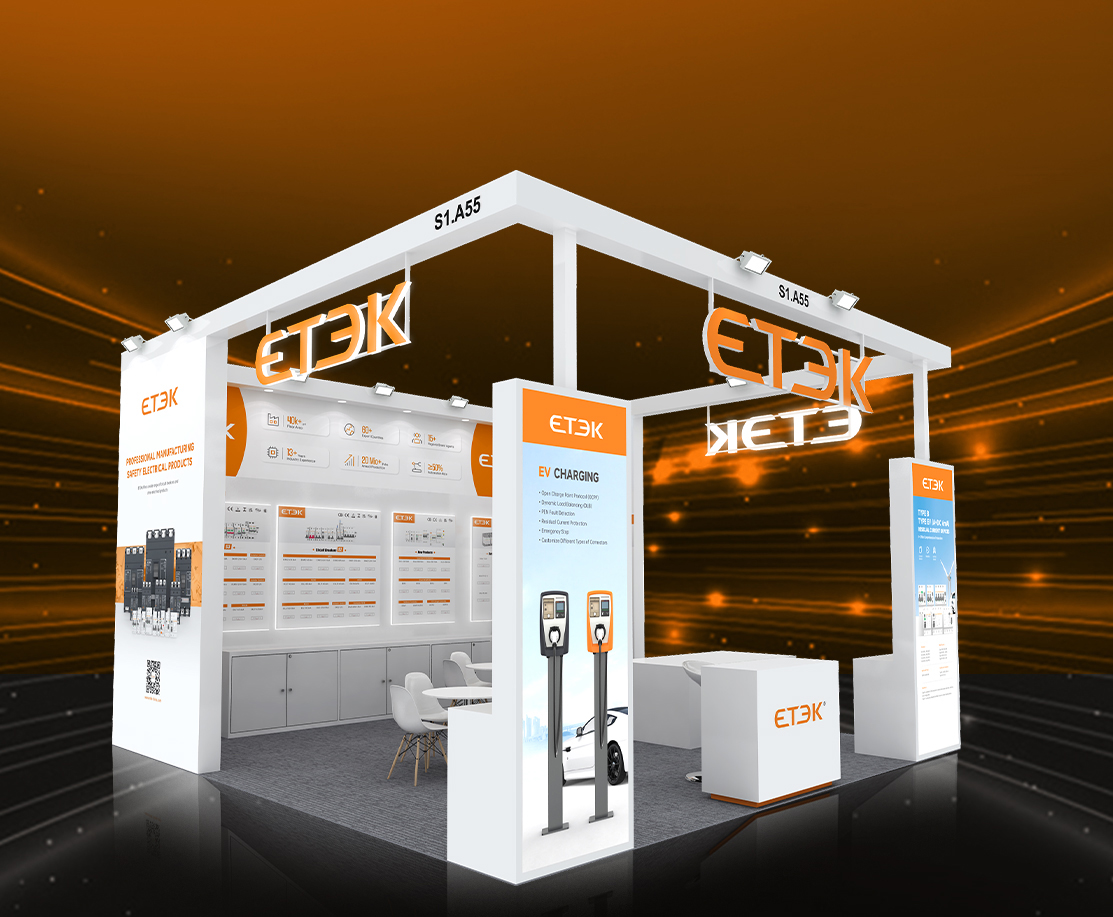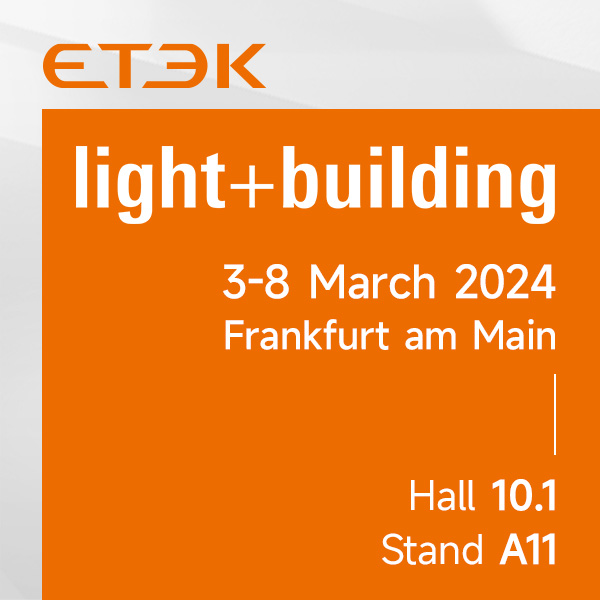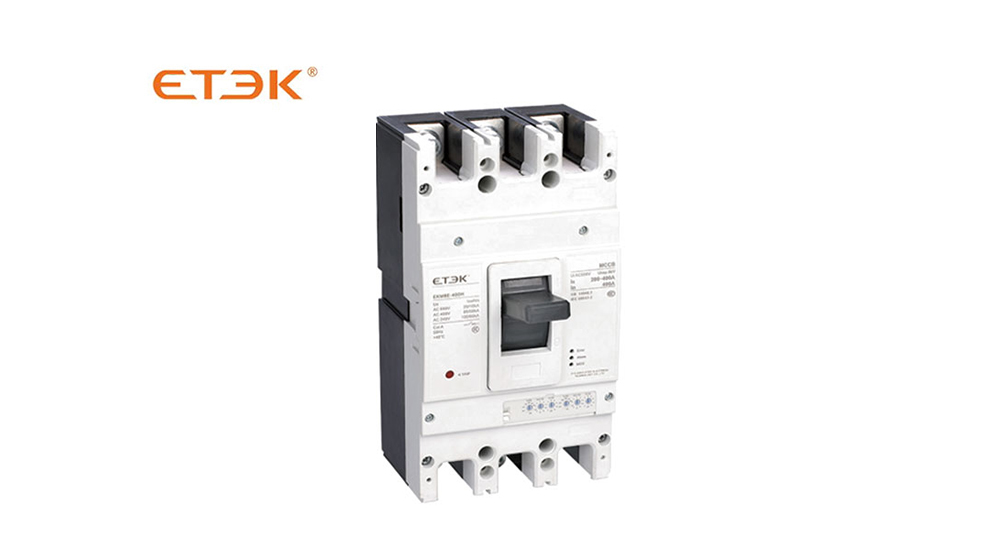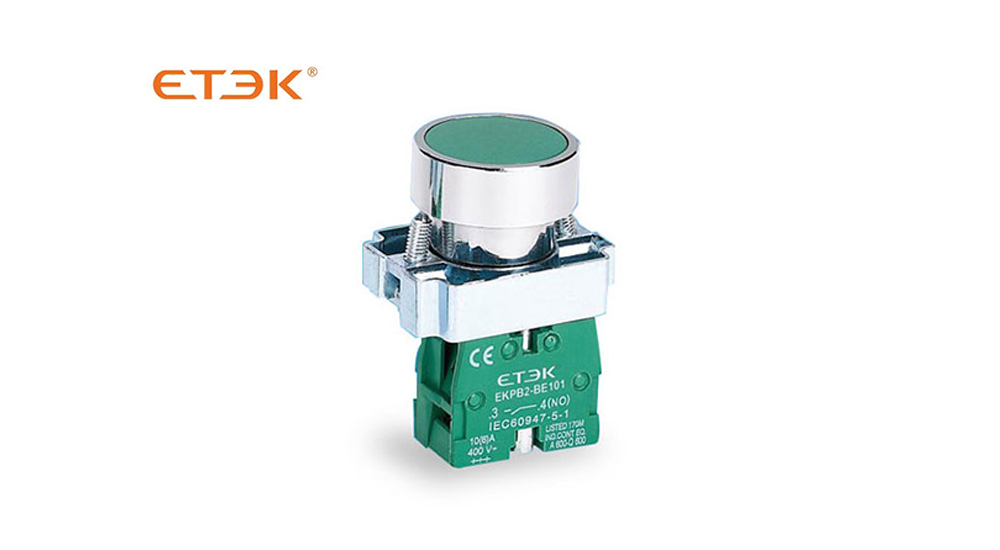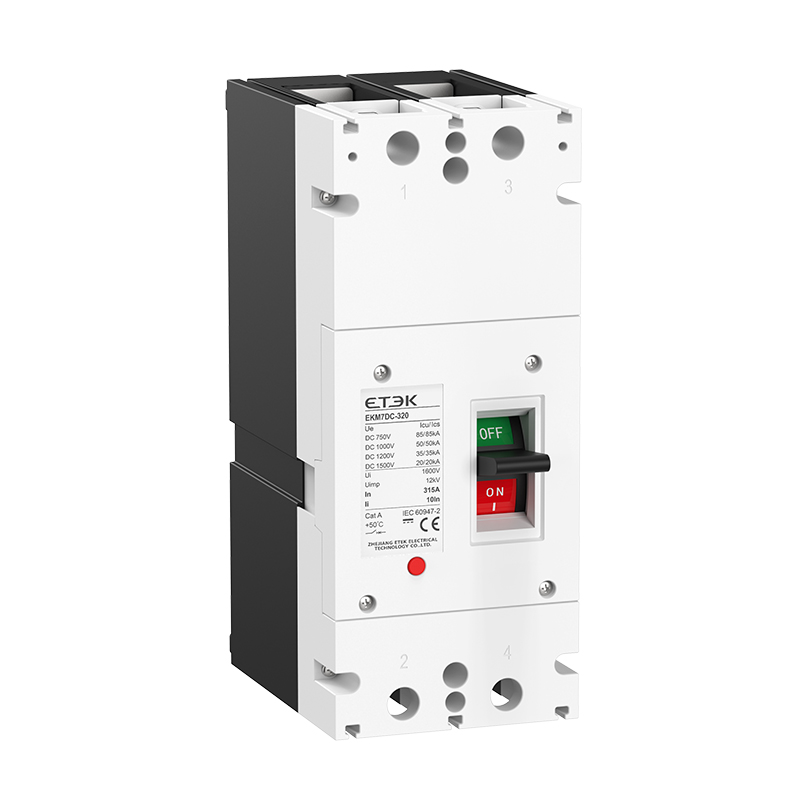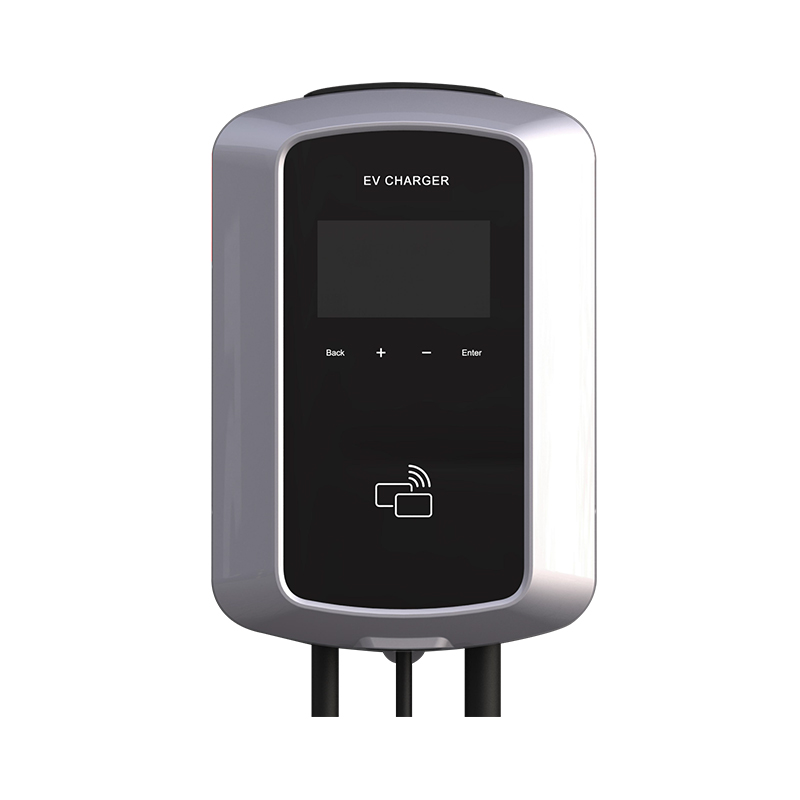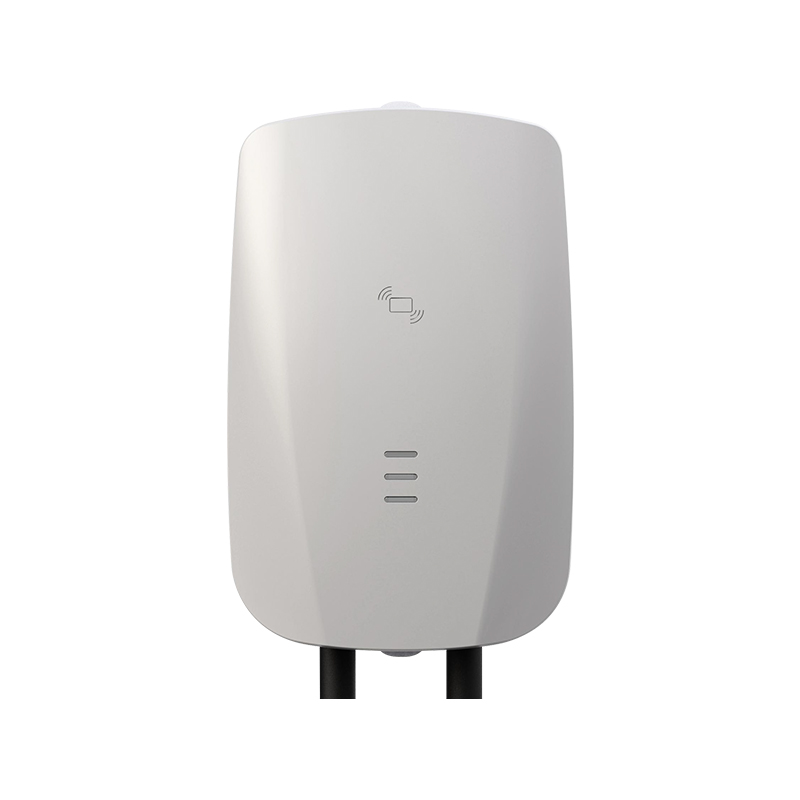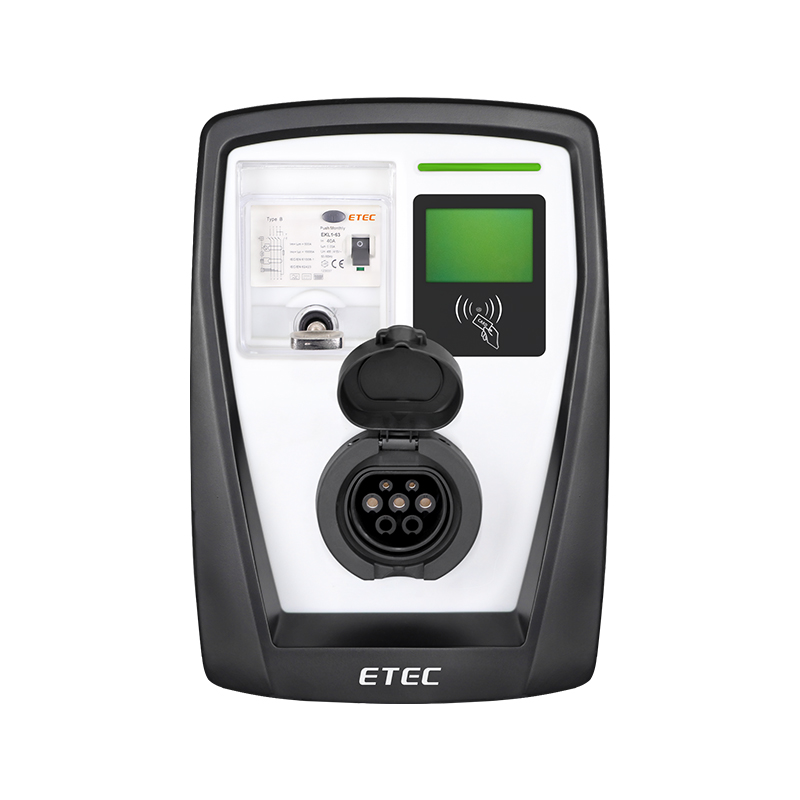What are the different types of Surge Protectors?
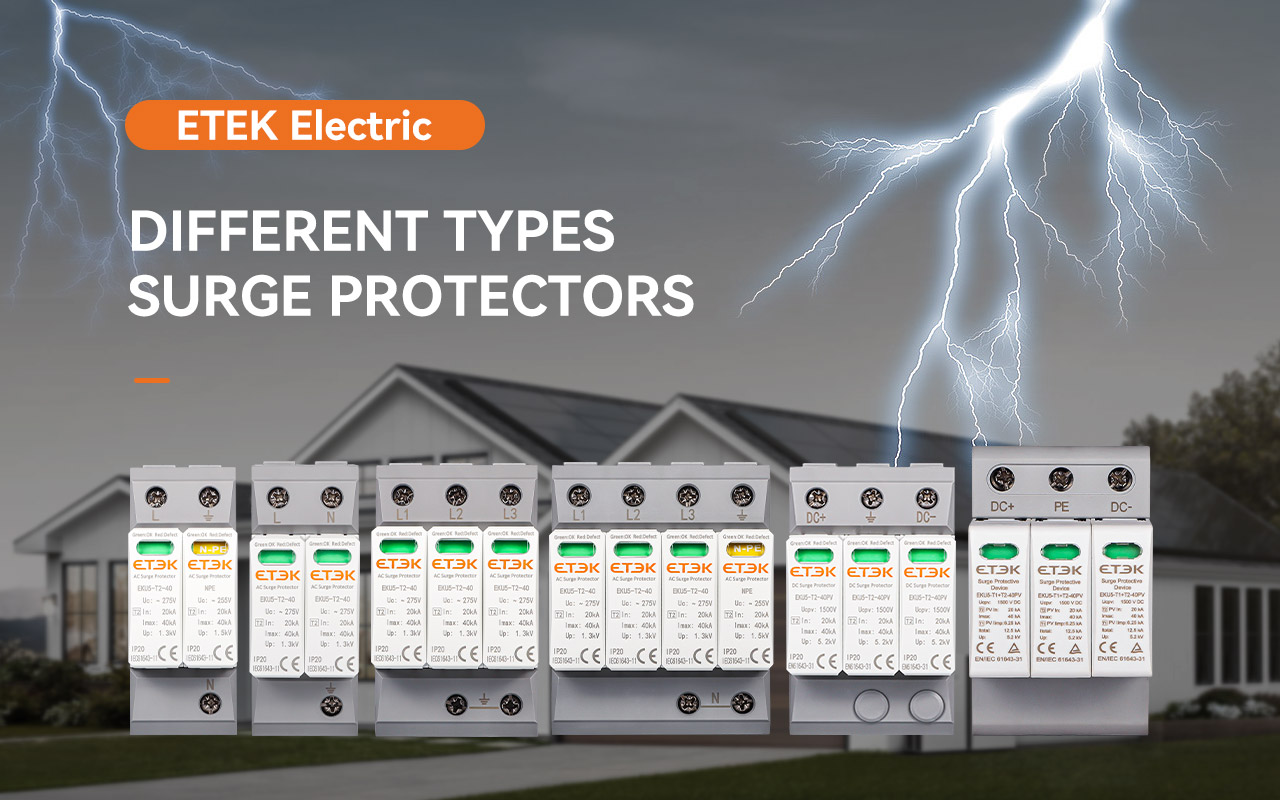
What is a surge protector?
A surge protector or spike suppressor, surge suppressor, surge diverter, surge protection device (SPD) or transient voltage surge suppressor (TVSS) is an appliance or device intended to protect electrical devices from voltage spikes in alternating current (AC) circuits.
What does a surge protector do?
When a surge current or voltage is suddenly generated in an electrical circuit or communication line due to external interference, the surge protector can conduct and shun the current in a very short period of time, thereby avoiding damage to other equipment in the circuit by the surge.
What are the common applications of surge protectors?
Surge protector, suitable for AC 50/60Hz, rated voltage 220V/380V power supply system, to protect indirect lightning and direct lightning effects or other transient overvoltage surges, suitable for home, tertiary industry and industry Field surge protection requirements.
At the same time, Surge protectors are also widely used in DC photovoltaic systems for less than or equal to 1500VDC.
What are the basic characteristics of surge protectors?
1. The protection flow is large, the residual pressure is extremely low, and the response time is fast.
2. Adopt the latest arc extinguishing technology to completely avoid fire.
3. Using temperature control protection circuit, built-in thermal protection.
4. With power status indication, indicating the working status of the surge protector.
5. Rigorous structure, stable and reliable work.
How Does a Surge Protector Work?
To clear up how a surge Protector works, we need to clear up what it’s used for first. Surge Protector are devices designed to protect an electrical system in case of an unexpected discharge.
Sudden changes in voltage can ruin the delicate components in an electrical system and, in general, fry everything.
How Surge Protectors Work:
Surge Protector works as a defense against voltage spikes by diverting excess voltage into the ground. It’s best to think of a Protector like a street with two ways.
1. During regular use, the Protector allows voltage to pass through the system as normal.
2. However, when a spike is detected, the Protector redirects the excess through its landline, while also allowing the regular voltage to continue as normal.
In short, it’s a safety device that makes sure your grid continues to work normally even in the case of unexpected spikes.
Surge Protectors are used to keep buildings safe in case of lightning for example, but they also work for smaller scale surges and as such are great protection.
Different types of surge protectors and applications:
1. Type 1 SPD
Type 1 SPD is recommended in the specific case of service-sector and industrial buildings, protected by a lightning protection system or a meshed cage.
It installed at the origin, e.g., main distribution board.
It protects electrical installations against direct lightning strokes. It can discharge the back-current from lightning spreading from the earth conductor to the network conductors.
Type 1 SPD is characterized by a 10/350µs current wave.
2. Type 2 SPD
The Type 2 SPD is the main protection system for all low voltage electrical installations.
It prevents the spread of overvoltage in the electrical installations and protects the loads.
It installed at sub-distribution boards. (Combined Type 1+2 SPD are available and are usually installed in consumer units).
Type 2 SPD is characterized by an 8/20 µs current wave.
3. Type 3 SPD
These SPD have a low discharge capacity.
They must therefore mandatorily be installed as a supplement to Type 2 SPD and in the vicinity of sensitive loads.
It installed close to the protected load.
Type 3 SPD is characterized by a combination of voltage waves (1.2/50μs) and current waves (8/20μs).
The necessity of installing a surge protector
Simply put, surge protectors are basic insurance. They make sure that your electrical system and all you have invested in it remains safe from unwanted discharges. Not installing one leaves you at the mercy of the weather and in areas where lightning storms are common, this is a huge risk.
That doesn’t mean that lightning is the only risk you’ll face in your house. Grid maintenance can also result in discharges as it can also happen because of other irregularities by the company. A surge protector is a vital part of any electrical system because the risk of excessive discharges is always there. No electrical system is perfectly enclosed and a single voltage spike can mean doom for a transformer and other electrical devices in a blink.
So overall the importance of a surge protector should not be understated, and all locations should count on a system to protect them from dangerous discharges. Some countries even have laws that make SPD required based on the size and function of a building, which shows just how important they are.
Surge protector is undoubtedly an important device for any house. ETEK Electric has always been committed to electrical safety, and we will provide you with professional product solutions. Welcome to consult ETEK SPD.



